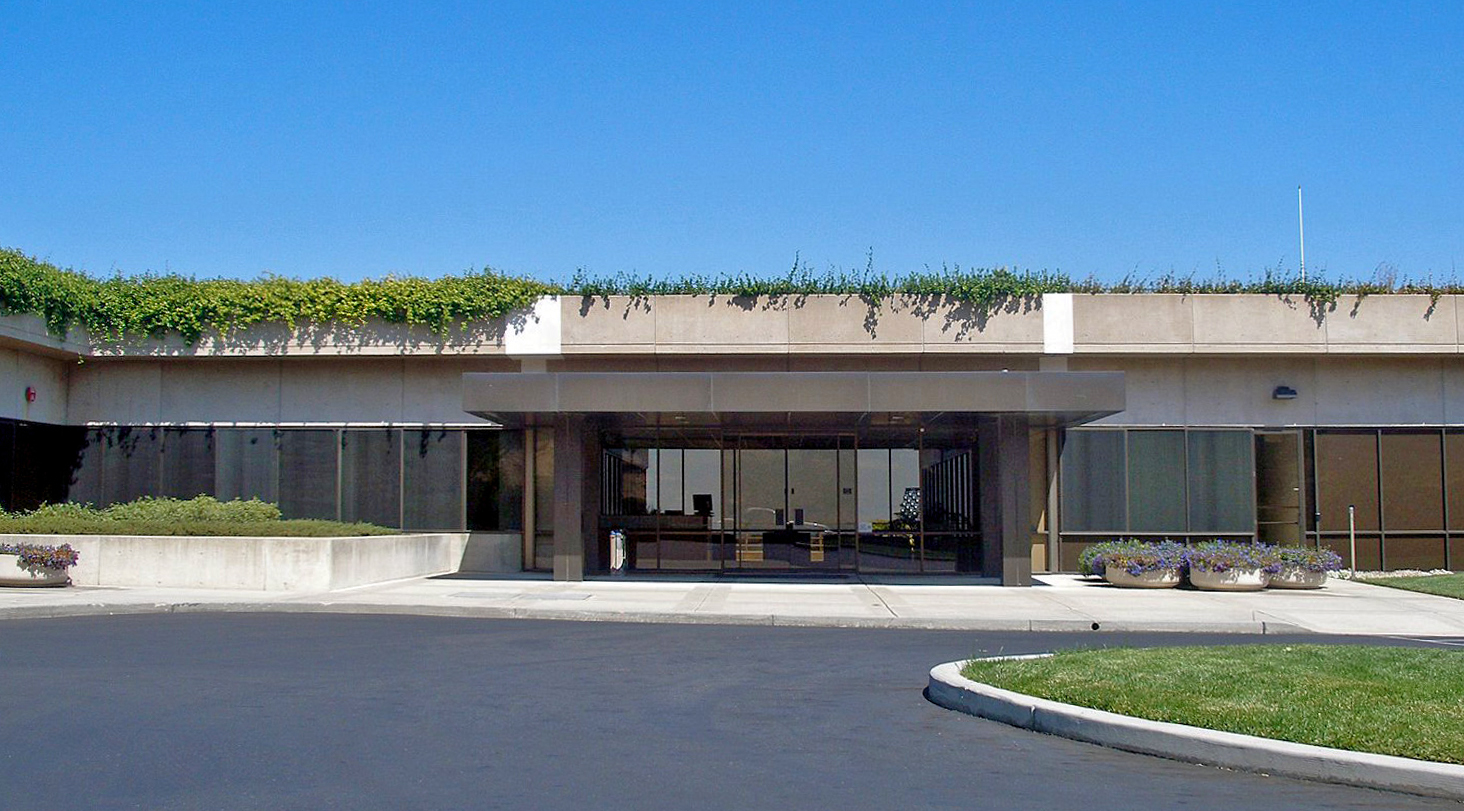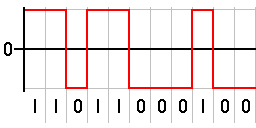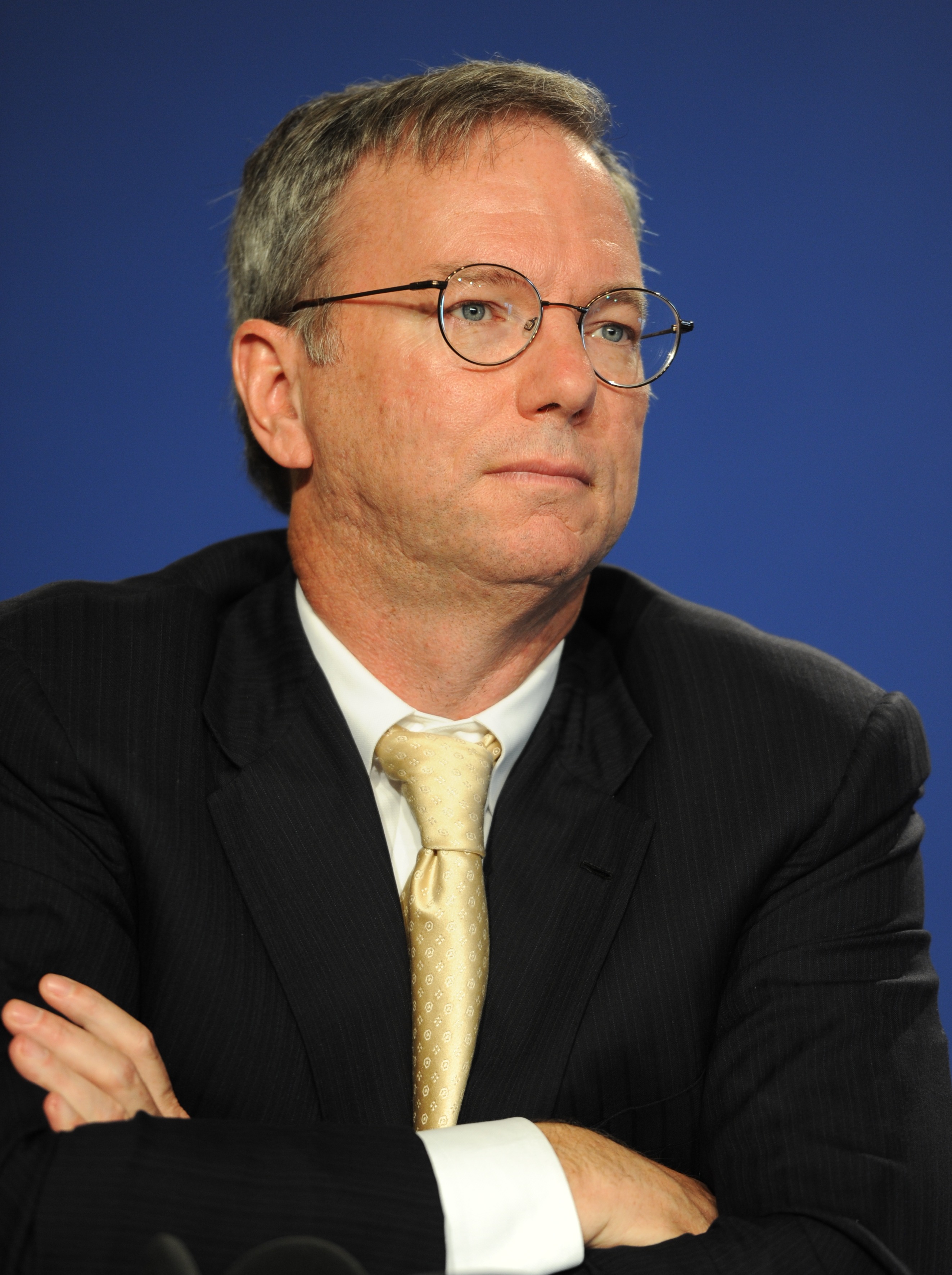|
LattisNet
LattisNet was a family of computer networking hardware and software products built and sold by SynOptics Communications (also rebranded by Western Digital) during the 1980s. Examples were the 1000, 2500 and 3000 series of LattisHub network hubs. LattisNet was the first implementation of 10 Megabits per second local area networking over unshielded twisted pair wiring in a star topology. Ethernet variants During the early 1980s most networks used coaxial cable as the primary form of premises cabling in Ethernet implementations. In 1985 SynOptics shipped its first hub for fiber optics and shielded twisted pair. SynOptics' co-founder, Engineer Ronald V. Schmidt, had experimented with a fiber-optic variant of Ethernet called Fibernet II while working at Xerox PARC, where Ethernet had been invented. In January 1987 SynOptics announced intentions to manufacture equipment supporting 10 megabits/sec data transfer rates over unshielded twisted pair, telephone wire. In August 1 ... [...More Info...] [...Related Items...] OR: [Wikipedia] [Google] [Baidu] [Amazon] |
|
 |
Ethernet Over Twisted Pair
Ethernet over twisted-pair technologies use twisted-pair cables for the physical layer of an Ethernet computer network. They are a subset of all Ethernet physical layers. Early Ethernet used various grades of coaxial cable, but in 1984, StarLAN showed the potential of simple unshielded twisted pair. This led to the development of 10BASE-T and its successors 100BASE-TX, 1000BASE-T, 10GBASE-T and 40GBASE-T, supporting speeds of 10 and 100 megabit per second, then 1, 10 and 40 gigabit per second respectively. Two new variants of 10 megabit per second Ethernet over a ''single'' twisted pair, known as 10BASE-T1S and 10BASE-T1L, were standardized in IEEE Std 802.3cg-2019. 10BASE-T1S has its origins in the automotive industry and may be useful in other short-distance applications where substantial electrical noise is present. 10BASE-T1L is a long-distance Ethernet, supporting connections up to 1 km in length. Both of these standards are finding applications implementi ... [...More Info...] [...Related Items...] OR: [Wikipedia] [Google] [Baidu] [Amazon] |
|
SynOptics Communications
SynOptics Communications, Inc., was a Santa Clara, California-based early computer network equipment vendor from 1985 until 1994. SynOptics popularized the concept of the modular Ethernet hub and high-speed Ethernet networking over copper twisted-pair and fiber optic cables. History SynOptics Communications was founded in 1985 by Andrew K. Ludwick and Ronald V. Schmidt, both of whom worked at Xerox's Palo Alto Research Center (PARC). The most significant product that Synoptics produced was LattisNet (originally named AstraNet) in 1987. This meant that unshielded twisted-pair cabling already installed in office buildings could be re-utilized for computer networking instead of special coaxial cables. The star network topology made the network much easier to manage and maintain. Together these two innovations directly led to the ubiquity of Ethernet networks. Before the final standard version of what is known today as the 10BASE-T protocol, there were several different methods and ... [...More Info...] [...Related Items...] OR: [Wikipedia] [Google] [Baidu] [Amazon] |
|
|
Ethernet
Ethernet ( ) is a family of wired computer networking technologies commonly used in local area networks (LAN), metropolitan area networks (MAN) and wide area networks (WAN). It was commercially introduced in 1980 and first standardized in 1983 as IEEE 802.3. Ethernet has since been refined to support higher bit rates, a greater number of nodes, and longer link distances, but retains much backward compatibility. Over time, Ethernet has largely replaced competing wired LAN technologies such as Token Ring, FDDI and ARCNET. The original 10BASE5 Ethernet uses a thick coaxial cable as a shared medium. This was largely superseded by 10BASE2, which used a thinner and more flexible cable that was both less expensive and easier to use. More modern Ethernet variants use Ethernet over twisted pair, twisted pair and fiber optic links in conjunction with Network switch, switches. Over the course of its history, Ethernet data transfer rates have been increased from the original to the lates ... [...More Info...] [...Related Items...] OR: [Wikipedia] [Google] [Baidu] [Amazon] |
|
 |
Xerox PARC
Future Concepts division (formerly Palo Alto Research Center, PARC and Xerox PARC) is a research and development company in Palo Alto, California. It was founded in 1969 by Jacob E. "Jack" Goldman, chief scientist of Xerox Corporation, as a division of Xerox, tasked with creating computer technology-related products and hardware systems. Xerox PARC has been foundational to numerous revolutionary computer developments, including laser printing, Ethernet, the modern personal computer, graphical user interface (GUI) and desktop metaphor–paradigm, object-oriented programming, ubiquitous computing, electronic paper, amorphous silicon (a-Si) applications, the computer mouse, and very-large-scale integration (VLSI) for semiconductors. Unlike Xerox's existing research laboratory in Rochester, New York, which focused on refining and expanding the company's copier business, Goldman's "Advanced Scientific & Systems Laboratory" aimed to pioneer new technologies in advanced physics, mate ... [...More Info...] [...Related Items...] OR: [Wikipedia] [Google] [Baidu] [Amazon] |
 |
Usenet
Usenet (), a portmanteau of User's Network, is a worldwide distributed discussion system available on computers. It was developed from the general-purpose UUCP, Unix-to-Unix Copy (UUCP) dial-up network architecture. Tom Truscott and Jim Ellis (computing), Jim Ellis conceived the idea in 1979, and it was established in 1980.''From Usenet to CoWebs: interacting with social information spaces'', Christopher Lueg, Danyel Fisher, Springer (2003), , Users read and post messages (called ''articles'' or ''posts'', and collectively termed ''news'') to one or more topic categories, known as Usenet newsgroup, newsgroups. Usenet resembles a bulletin board system (BBS) in many respects and is the precursor to the Internet forums that have become widely used. Discussions are Threaded discussion, threaded, as with web forums and BBSes, though posts are stored on the server sequentially. [...More Info...] [...Related Items...] OR: [Wikipedia] [Google] [Baidu] [Amazon] |
|
Symbol Rate
In a digitally modulated signal or a line code, symbol rate, modulation rate or baud is the number of symbol changes, waveform changes, or signaling events across the transmission medium per unit of time. The symbol rate is measured in '' baud'' (Bd) or ''symbols per second''. In the case of a line code, the symbol rate is the pulse rate in pulses per second. Each symbol can represent or convey one or several bits of data. The symbol rate is related to the '' gross bit rate'', expressed in '' bits per second''. Symbols A symbol may be described as either a pulse in digital baseband transmission or a tone in passband transmission using modems. A symbol is a waveform, a state or a significant condition of the communication channel that ''persists'', for a fixed period of time. A sending device places symbols on the channel at a fixed and known symbol rate, and the receiving device has the job of detecting the sequence of symbols in order to reconstruct the transmitted data. The ... [...More Info...] [...Related Items...] OR: [Wikipedia] [Google] [Baidu] [Amazon] |
|
 |
Line Code
In telecommunications, a line code is a pattern of voltage, current, or photons used to represent digital data transmission (telecommunications), transmitted down a communication channel or written to a storage medium. This repertoire of signals is usually called a constrained code in data storage systems. Some signals are more prone to error than others as the physics of the communication channel or storage medium constrains the repertoire of signals that can be used reliably. Common line encodings are Unipolar encoding, unipolar, Polar encoding, polar, Bipolar encoding, bipolar, and Manchester code. Transmission and storage After line coding, the signal is put through a physical communication channel, either a transmission medium or data storage medium.Karl Paulsen"Coding for Magnetic Storage Mediums".2007. The most common physical channels are: * the line-coded signal can directly be put on a transmission line, in the form of variations of the voltage or current (often us ... [...More Info...] [...Related Items...] OR: [Wikipedia] [Google] [Baidu] [Amazon] |
|
IEEE
The Institute of Electrical and Electronics Engineers (IEEE) is an American 501(c)(3) organization, 501(c)(3) public charity professional organization for electrical engineering, electronics engineering, and other related disciplines. The IEEE has a corporate office in New York City and an operations center in Piscataway, New Jersey. The IEEE was formed in 1963 as an amalgamation of the American Institute of Electrical Engineers and the Institute of Radio Engineers. History The IEEE traces its founding to 1884 and the American Institute of Electrical Engineers. In 1912, the rival Institute of Radio Engineers was formed. Although the AIEE was initially larger, the IRE attracted more students and was larger by the mid-1950s. The AIEE and IRE merged in 1963. The IEEE is headquartered in New York City, but most business is done at the IEEE Operations Center in Piscataway, New Jersey, opened in 1975. The Australian Section of the IEEE existed between 1972 and 1985, after which it s ... [...More Info...] [...Related Items...] OR: [Wikipedia] [Google] [Baidu] [Amazon] |
|
|
Menlo Ventures
Menlo Ventures is a venture capital firm based in Menlo Park, California with an additional office in San Francisco, California. The firm was founded as one of the earliest venture capital firms in Silicon Valley in 1976 and provides technology venture capital funding for pre-pre-seed, pre-seed, seed, early stage and growth companies. Investments Menlo Ventures invests in consumer Internet, mobile, communications infrastructure, enterprise, security and storage. Since its founding in 1976, the firm has invested in more than 400 companies, including Anthropic, Uber, Gilead Sciences, Fab.com, Roku, Inc., Credit Sesame, Dropcam, HP 3PAR, IronPort, Machine Zone, Siri Siri ( , backronym: Speech Interpretation and Recognition Interface) is a digital assistant purchased, developed, and popularized by Apple Inc., which is included in the iOS, iPadOS, watchOS, macOS, Apple TV, audioOS, and visionOS operating sys ..., PlaySpan, Coraid, Inc., Rover.com, Warby Parker and Vidy ... [...More Info...] [...Related Items...] OR: [Wikipedia] [Google] [Baidu] [Amazon] |
|
 |
Novell
Novell, Inc. () was an American software and services company headquartered in Provo, Utah, that existed from 1980 until 2014. Its most significant product was the multi-platform network operating system known as NetWare. Novell technology contributed to the emergence of local area networks, which displaced the dominant mainframe computing model and changed computing worldwide. Under the leadership of chief executive Ray Noorda, NetWare became the dominant form of personal computer networking during the second half of the 1980s and first half of the 1990s. At its high point, NetWare had a 63 percent share of the market for network operating systems and by the early 1990s there were over half a million NetWare-based networks installed worldwide encompassing more than 50 million users. Novell was the second-largest maker of software for personal computers, trailing only Microsoft Corporation, and became instrumental in making Utah Valley a focus for technology and softw ... [...More Info...] [...Related Items...] OR: [Wikipedia] [Google] [Baidu] [Amazon] |
|
Shielded Twisted Pair
Twisted pair cabling is a type of communications cable in which two conductors of a single circuit are twisted together for the purposes of improving electromagnetic compatibility. Compared to a single conductor or an untwisted balanced pair, a twisted pair reduces electromagnetic radiation from the pair and crosstalk between neighboring pairs and improves rejection of external electromagnetic interference. It was invented by Alexander Graham Bell. For additional noise immunity, twisted-pair cabling may be shielded. Cable with shielding is known as shielded twisted pair (STP) and without as unshielded twisted pair (UTP). Explanation A twisted pair can be used as a balanced line, which as part of a balanced circuit can greatly reduce the effect of noise currents induced on the line by coupling of electric or magnetic fields. The idea is that the currents induced in each of the two wires are very nearly equal. The twisting ensures that the two wires are on average the sam ... [...More Info...] [...Related Items...] OR: [Wikipedia] [Google] [Baidu] [Amazon] |